Kikunoi Roan
4.7/5
58 Reviews
No. 18 of Fine Dining in Kyoto
Highlights: A restaurant praised by local residents, a representative of Kyoto kaiseki cuisine
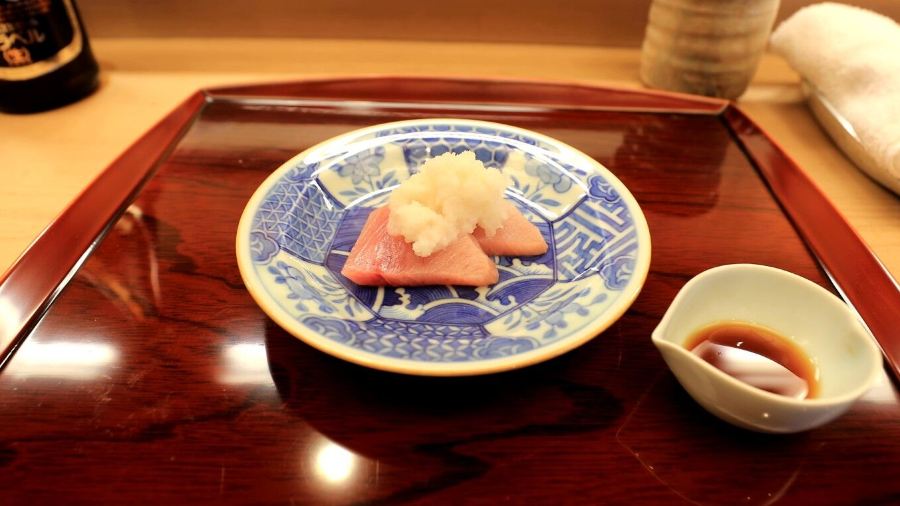
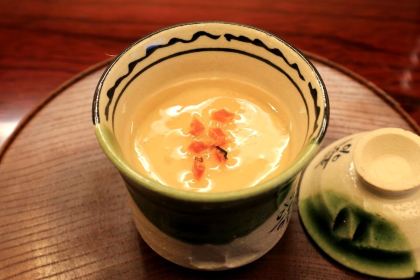
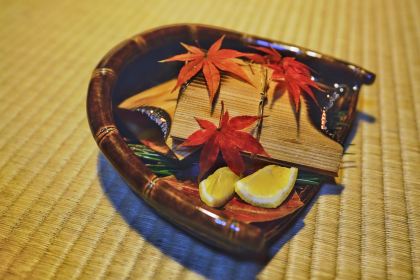
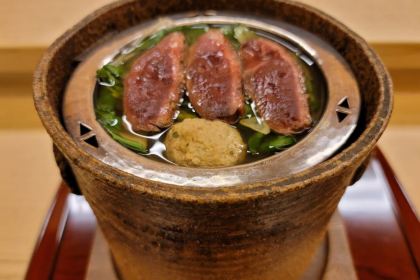
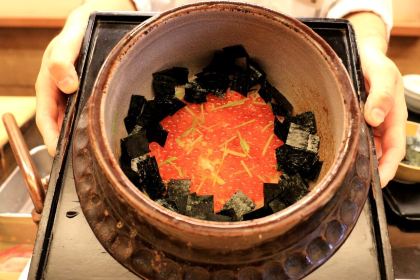
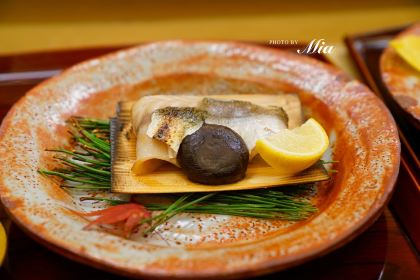
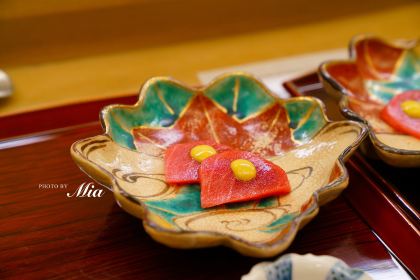
More
Currently closed|Open at 17:00 todayShow more
+81-075-3615580
1F, 118 Saito-cho, Shijo-sagaru, Kiyamachi-dori,Shimogyo-ku, Kyoto-shi, Kyoto
 MiasmileRecord of the late autumn trip to Kansai in November 2019~
I went to make a reservation at Kikunoi on the first day in Kyoto, but the main store was not available on the date I wanted, so I had to book a branch.
After visiting Kiyomizu Temple, I walked all the way to Kikunoi and arrived on time at 5 o'clock as scheduled. Each guest who made a reservation has a nameplate placed on the corresponding seat, which is full of ritual.
There is a menu for today, but it is not easy to understand. The chef will serve one dish after another, and we will taste them one by one. The chef will also tell you the key points of eating each dish in simple English. Kaiseki cuisine is really about service, atmosphere and ceremony.
To be honest, it is really not very delicious. I just remember that the crab and tuna are delicious. Other soups, grilled food, parent-child meals, etc. are all very ordinary. In the end, if the rice is not finished, they will make it into rice balls for guests to take away and eat.
The dining experience is good, but the taste is really not good in Japan. I ate at any restaurant in Hokkaido, and it tastes better than this.
MiasmileRecord of the late autumn trip to Kansai in November 2019~
I went to make a reservation at Kikunoi on the first day in Kyoto, but the main store was not available on the date I wanted, so I had to book a branch.
After visiting Kiyomizu Temple, I walked all the way to Kikunoi and arrived on time at 5 o'clock as scheduled. Each guest who made a reservation has a nameplate placed on the corresponding seat, which is full of ritual.
There is a menu for today, but it is not easy to understand. The chef will serve one dish after another, and we will taste them one by one. The chef will also tell you the key points of eating each dish in simple English. Kaiseki cuisine is really about service, atmosphere and ceremony.
To be honest, it is really not very delicious. I just remember that the crab and tuna are delicious. Other soups, grilled food, parent-child meals, etc. are all very ordinary. In the end, if the rice is not finished, they will make it into rice balls for guests to take away and eat.
The dining experience is good, but the taste is really not good in Japan. I ate at any restaurant in Hokkaido, and it tastes better than this.Reviews of Kikunoi Roan
Some reviews may have been translated by Google Translate
4.7/5Outstanding
All (58)
Latest
Photo reviews (13)
Positive reviews (10)
Record of the late autumn trip to Kansai in November 2019~ I went to make a reservation at Kikunoi on the first day in Kyoto, but the main store was not available on the date I wanted, so I had to book a branch. After visiting Kiyomizu Temple, I walked all the way to Kikunoi and arrived on time at 5 o'clock as scheduled. Each guest who made a reservation has a nameplate placed on the corresponding seat, which is full of ritual. There is a menu for today, but it is not easy to understand. The chef will serve one dish after another, and we will taste them one by one. The chef will also tell you the key points of eating each dish in simple English. Kaiseki cuisine is really about service, atmosphere and ceremony. To be honest, it is really not very delicious. I just remember that the crab and tuna are delicious. Other soups, grilled food, parent-child meals, etc. are all very ordinary. In the end, if the rice is not finished, they will make it into rice balls for guests to take away and eat. The dining experience is good, but the taste is really not good in Japan. I ate at any restaurant in Hokkaido, and it tastes better than this.
There are many traditional Kaiseki cuisines in Kyoto, but they are not cheap and are a big burden for ordinary tourists. However, restaurants like Kikunoi Roan have lunch sets for only 4,000 yen, which is a very good choice for those who want to try Kaiseki cuisine but don't have much budget! Speaking of Japanese cuisine, high-end Kaiseki cuisine is also a cuisine that tourists are eager to try, which can fully reflect Japanese culture. Many local ingredients are used and carefully cooked by chefs to become exquisite dishes. Not only the ingredients are exquisite, but also the presentation and tableware are pleasing to the eye.
I first came here for the Kaiseki experience, and a few years later I went to another location and was disappointed. This is one of the best restaurants in the country, and if you can get a table at the sister restaurant that's great, but this is also a good option.
The famous Michelin-starred Kyoto restaurant. We originally wanted to eat there when we walked around Yokohara at noon, but it was already full. Fortunately, a table became available in the evening, so we quickly made a reservation. The dinner set menu is more sumptuous and very exquisite. As it is the cherry blossom season, each dish has fresh cherry blossom petals, which are very fragrant, and mellow sea bream meat, which is very delicious. You can tell a thing or two by looking at the picture. The owner is also very friendly and willing to take away any food you can’t finish.
We were lucky; we arrived without a reservation. Later, our Japanese classmates told us that we were given seats because someone else couldn't come at the last minute. Usually, you need to make a reservation in advance to get a table.